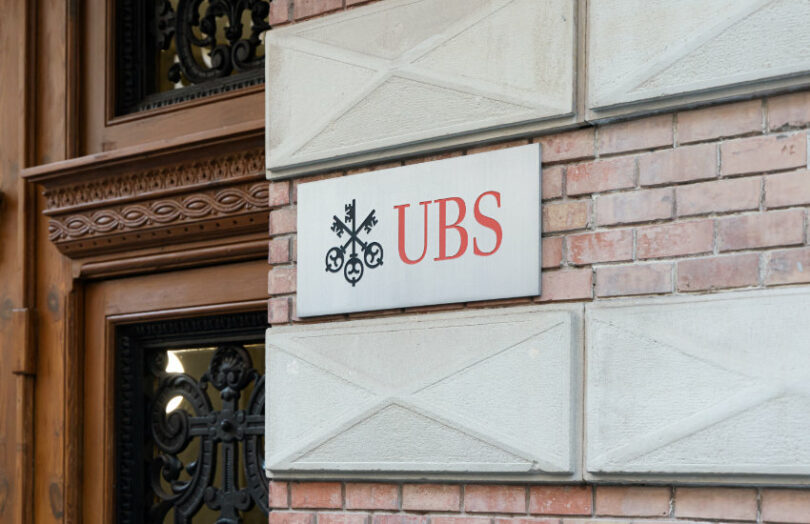DLT has been widely discussed as a means of enhancing intraday liquidity. For example, there are multiple intraday repo solutions, with Broadridge’s DLR responsible for the post trade of more than $1 trillion transactions a month. UBS and JD Risk recently published a whitepaper exploring other examples of intraday opportunities.
As context, UBS is an investor in Fnality International, the DLT settlement solution backed by 20 institutions. Late last year Fnality entered the first stages of going live in the UK, under the watchful eye of the central bank. Participants deposit money in a UK central bank omnibus account, from where it is tokenized and used for wholesale payments. UBS isn’t simply an investor. Back in 2016 it was amongst the first institutions to embrace the concept which originally was known as the Utility Settlement Coin.
The authors point to a BIS report that shows that US Fedwire participants have around $1 trillion in intraday liquidity balances to deal with unmatched incoming and outgoing payments. The top ten institutions account for 60% of activity, so are estimated to set aside an average of $60 billion each for intraday liquidity. Given the money is sitting at a central bank, it earns some interest. However, the banks have to raise additional funds, so it’s estimated the net interest cost is equivalent to the 5-year CDS spread or around 100 basis points. That equates to $600 million cost per year for each of those ten banks.
The paper doesn’t quite say that DLT will eliminate the need for that liquidity, but it could make a dent.
The CLS foreign exchange example
One example explored in depth is CLS, the central counterparty for the settlement of foreign exchange (FX) transactions. CLS allows participants to net FX transactions, claiming to reduce liquidity requirements by 96%.
However, the authors highlight that the netting is on a per currency basis. For example, if a bank is net long on dollars and short on sterling and yen, then it has to fund the short positions, and only receive payment for the long position later. CLS has a workaround, In/Out swaps, but the paper argues that this results in some bilateral settlement outside of CLS, reintroducing risk.
The gist is that there are limits to the CLS payment versus payment model, which DLT might help to overcome.
The benefits of atomic settlement
At a basic level, DLT enables delivery versus payment (DvP) or payment versus payment (PvP). The DLT lingo is atomic settlement, because if one side of the transaction fails, both do. Many highlight that atomic settlement can in fact increase liquidity requirements at certain times of day, because it involves gross settlement, rather than netting.
The paper addresses this point indirectly, but highlighting the potential for smart contracts to program netting and dependency based transactions. Frequently banks time payments on the expectation that other funds arrive at a particular time. However, often that money doesn’t arrive in a timely fashion, which is exactly why the liquidity buffer is needed.
The authors argue that with DLT you can make the outgoing payments dependent on the incoming ones and also net them multilaterally. Unlike conventional payments that rely on messaging, if one programs a DLT payment for a particular time, provided the tokens are there, it happens.
DLT is likely to have a major impact on the management for intraday liquidity. However, it’s still very early days.






